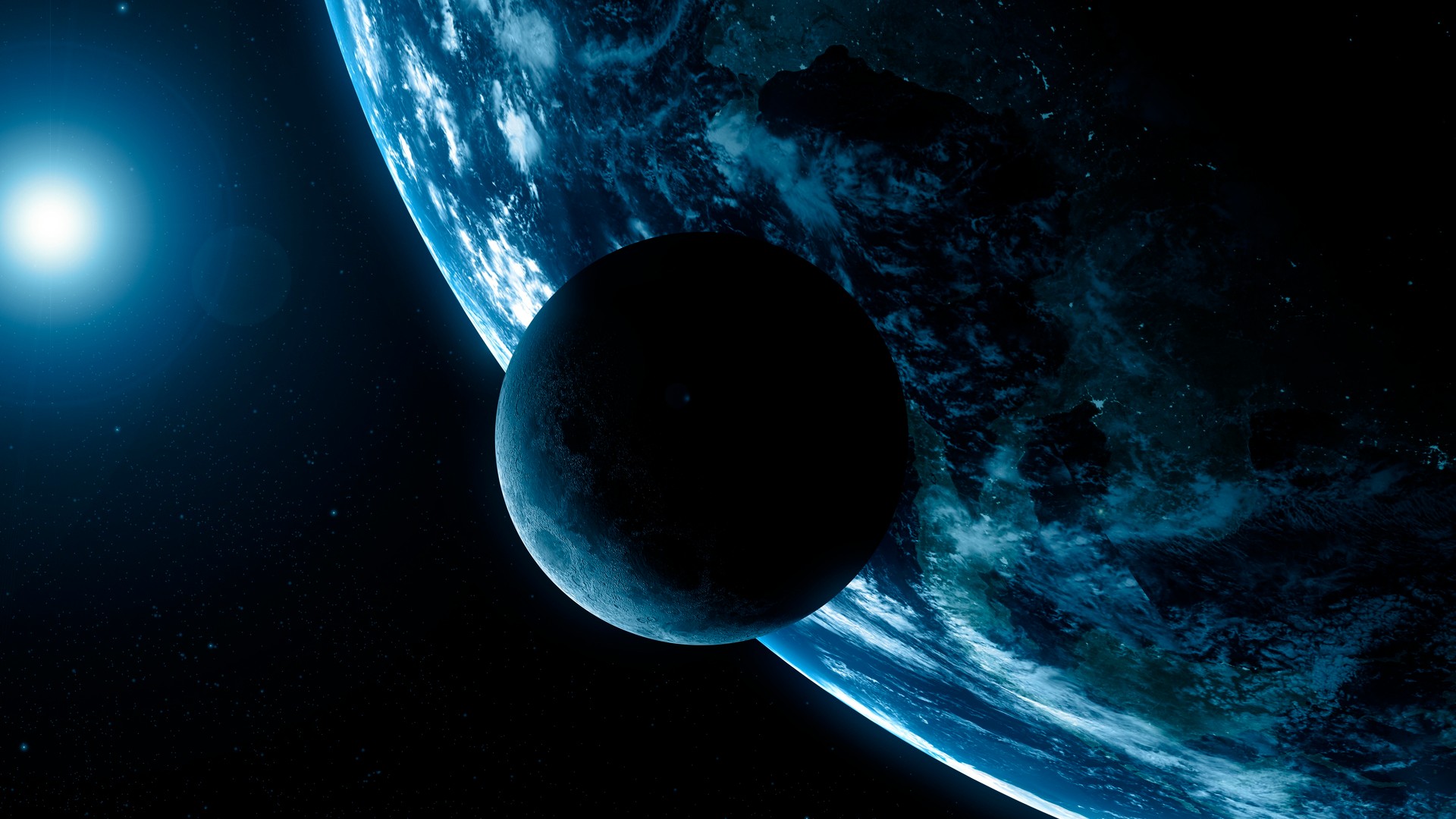Key Takeaways:
- Researchers have discovered that Earth’s days grew over two hours longer due to the Moon moving farther away from Earth during two key periods in history.
- The increase in daylight hours may have led to oxygenation events that fueled a major diversification of life, such as the Cambrian explosion.
- The Moon’s average distance from Earth today is 238,855 miles (384,400 kilometers), but it was 12,000 miles (20,000 kilometers) closer in the past.
- The study identified two periods when Earth’s spin slowed significantly—between 650-500 million years ago and 340-280 million years ago—before stabilizing again.
- The slowdown in Earth’s spin is attributed mostly to tidal forces from the Moon, challenging theories that glaciation events caused this change.
________________

Earth’s days were once significantly shorter, but thanks to the moon drifting away, they’ve lengthened by over two hours in two distinct periods, according to new research. This gradual change may have had profound effects on the planet’s climate and life.
Currently, the moon is about 238,855 miles (384,400 kilometers) from Earth, but it wasn’t always so distant. The gravitational pull between Earth and the moon causes our planet to slow its spin, which in turn lengthens the day. As the moon slowly moves away, Earth’s rotational speed decreases, gradually extending the length of the day.
The Study: Understanding Earth’s Spin
Geologist He Huang from Chengdu University of Technology, China, led a study that examined rock layers from marine environments dating back between 700 million and 200 million years. These rocks, called tidalites, record tidal forces that reflect changes in Earth’s spin over time. By combining this data with models of tidal forces between Earth and the moon, the team mapped Earth’s rotational changes over half a billion years.
The research revealed a “staircase” pattern in Earth’s spin, showing two distinct periods of rapid change followed by stability. Over this period, Earth’s days became 2.2 hours longer, while the moon drifted 12,000 miles (20,000 kilometers) farther away.
How Day Length Affected Life
One of the most interesting findings was that the first period of rotational change coincided with the Cambrian explosion, around 650 million to 500 million years ago, when life on Earth dramatically diversified. The second period, between 340 million and 280 million years ago, happened during an era of glaciation, when glaciers covered much of the planet.
The researchers suggest that the moon’s influence on day length may have triggered major oxygenation events, which provided more sunlight and helped fuel life’s evolution. However, they caution that these results need to be interpreted carefully.
Tides and Glaciation
Another interesting implication of the study is that Earth’s spin slowdown is mainly driven by tidal forces, not by the glaciation periods, which some scientists previously believed played a role. The study challenges this earlier theory, suggesting that tidal forces between Earth and the moon have the biggest impact on day length.
In summary, the moon’s gradual drift and its effect on Earth’s spin may have had a surprising influence on the evolution of life, oxygenation, and the overall climate. As Earth’s days lengthened, life on the planet diversified and adapted to changing conditions.